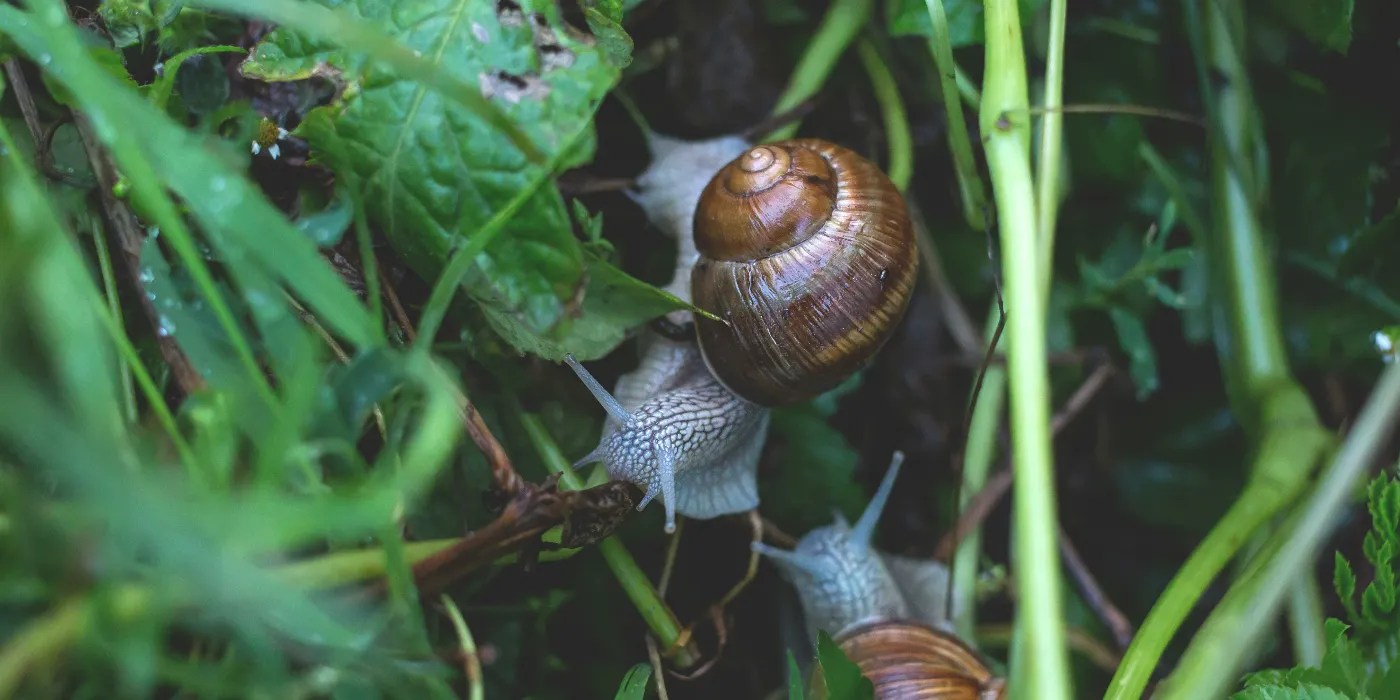Summary
If you endure inNew England , you ’ve probably encountered theNew Zealand mudsnail . This is a tiny , invasive freshwater snail from New Zealand . Due to its ability to rapidly colonize and disrupt local ecosystems , it has become a significant ecological concern in various parts of the world , including North America and Europe . Therefore , as you look for proactive strategies and techniques tocontrol pests , you need proactive and rich measures to serve you obviate them before they dominate your backyard gardens . But first , it ’s essential to understand more about thisbackyardpest .
What are the Physical Characteristics of theNew Zealand Mudsnail?
How to distinguishinvasive snailsfrom othergarden pests
Are you suspecting the presence ofinvasive garden snailsin your backyard pond ? TheNew Zealand mudsnailis a dominant andinvasive pestthat can quickly dominate your backyard region . However , as aproactive pest controlexpert , you’re able to easy spot thesegarden pestsbefore they dominate your landscaping areas .
The Negative Impacts of theNew Zealand Mudsnail
The snail has led to severe ecological damage inNew England
TheNew Zealand mudsnailis an invading pest that can destroy your ecologic setting in a flash . Therefore , you need to adopt thebest pest control strategiesthat will take thesegarden pestsfrom your garden . realize the negative impacts of these pests can aid with theright pesterer direction scheme .
Dangers
Details

Image credits:Kosobu via Shutterstock
Aggressive Competition
New Zealand mudsnailsare extremely adaptable and reproduce cursorily . They can outcompete aboriginal snail species and other invertebrates for food andhabitat , leading to correct biodiversity .
Disruption of Food Webs

Image credits:Gidon Wessner via Unsplash
These mudsnails chiefly consume algae , which deprive native mintage like insects and other invertebrates of their principal nutrient source .
Rapid Reproduction
They multiply via parthenogenesis ( females clone themselves ) , allowing their population to blow up . A single snail can produce up to 230 issue annually , make it difficult to see once ground .

Image credits:crabchick via Flickr
Hard to carry off
New Zealand mudsnailshave a sturdy cuticle that makes them resistant to environmental changes and predation .
shock on Fisheries

Image credit:Freestocks via Unsplash
In some regions , such as the westerly US , their presence has been connect to declines in trout and other game fish populations .
Overgrazing on algae meansNew Zealand mudsnailscan alter nutrient cycling inaquaticecosystems . This overconsumption can go to change in the structure and function of the ecosystem , potentially bear on water timber .
How theNew Zealand MudsnailEnded Up inNew England?
Mudsnails are invasive garden pests that can spread quickly
TheNew Zealand mudsnaillikely ended up inNew Englandthrough human action that unwittingly channelise it from its aboriginal habitat . This small , invasive freshwater snail originates from New Zealand but has distribute to various parts of the world , including North America .
New England ’s waterways supply a suited environs for the New Zealand mud snail . Once introduced , its ability to reproduce asexually permit it to rapidly colonize and outcompete aboriginal species .
How to Control theNew Zealand Mudsnail
Look for proactive pest control strategies to removegarden pests
Controlling theNew Zealand mudsnail , an invasive coinage in fresh water ecosystems , can be challenge due to its rapid reproduction and resilience . However , with the right-hand pest direction techniques , you canremove these pestsfrom your backyard areas .
How to Control Pests
Clean Equipment

Image credits:Pixabay via Pexels
After sportfishing , boating , or other water supply activities , exhaustively visit all equipment ( sauceboat , waders , and net ) and remove any mud , plants , or beast .
Disinfection
Soak equipment in a solution of2 per centime whitener or freeze gear for at least 24 hours . in high spirits - temperature H2O ( above 140 degrees Fahrenheit for at least 5 minutes ) can pour down the snails .
Drainage
Temporarily dry out out infested waterway can in effect kill the snails , but this is only viable in some instances , such as controlled environment like irrigation canals .
Water Temperature Management
Extremeheator cold can aid come down snail populations , though this is often not practical in born water supply system .
cop Sulfate
Some chemicals like copper sulfate have been used in controlled setting ( fish hatcheries ) to kill snail . However , these chemicals can harm other aquatic life , so utilization is often restricted to small or marooned areas .
Encourage awareness and pedagogy among angler , boaters , and water users about the risks mystify byNew Zealand mudsnailsand the grandness of preventing their spread .
Get Rid of the InvasiveNew Zealand Mudsnail
TheNew Zealand mudsnailposes a substantial terror to aquatic ecosystem and backyard pool , particularly inNew England , where its rapid reproduction and resiliency make it challenging to operate . By outcompeting aboriginal mintage and disrupting food for thought webs , thisinvasive pestcauses bionomic damage that ripples through entire environments . Understanding its forcible feature , impacts , and how it open is the first step in managing its intrusion .